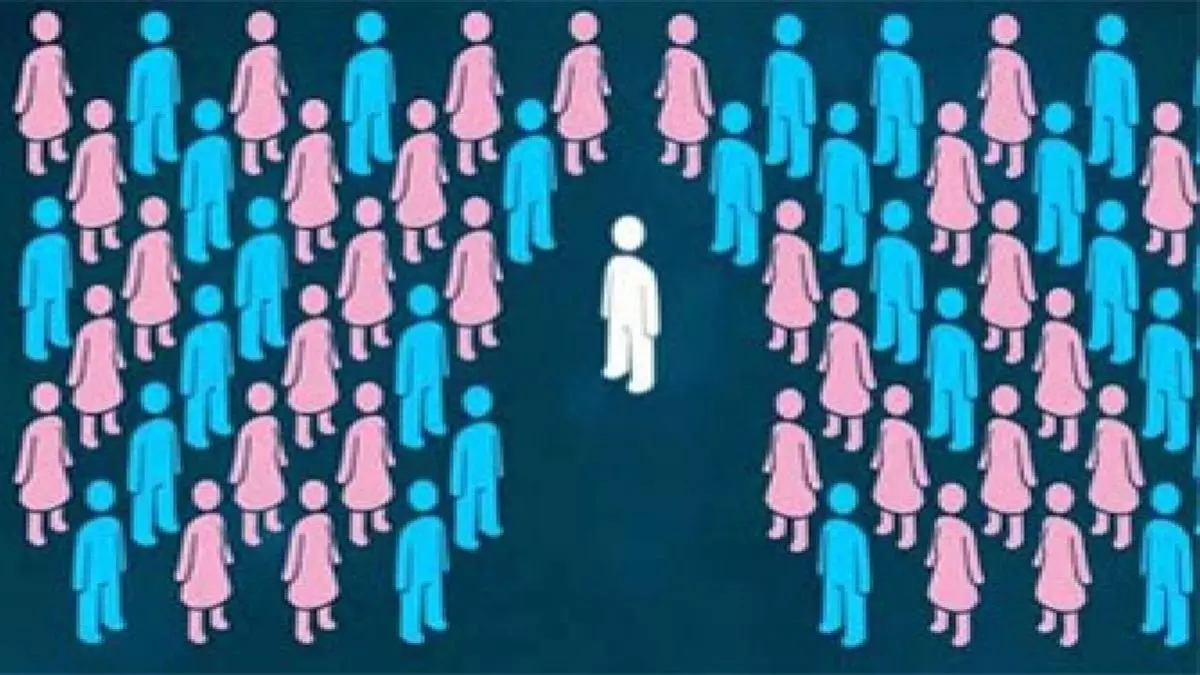
Telangana to launch caste-based Composite Backwardness Index
The objective of the index is to assess and quantify disparities across 243 sub-castes in Telangana

The Telangana government has constituted an expert working group chaired by retired Justice Sudarshan Reddy to develop a Composite Backwardness Index (CBI) using data from the state's comprehensive caste census conducted under the 2024 Social Education Employment Economic Political Caste (SEEEPC) survey.
The aim is to assess and quantify disparities across 243 sub-castes.
The expert group, which includes nine full-time members and special invitees from fields such as sociology, economics, law, and statistics, met for the fourth time on Thursday (May 22) at the Constitution Club in New Delhi. The group operates in an honourary capacity, said a media release from the Telangana government.
Survey covers 3.55 Cr people
The SEEEPC survey is among the most extensive caste-based data collection efforts since Independence. It covered 3.55 crore individuals with 75 fields of socio-economic information each. The survey accounted for people identifying with 243 distinct sub-castes, including options for ‘No Caste’ and ‘Others’ to accommodate those unwilling or unable to identify within the listed categories.
Of the total sub-castes, 73 constitute 96 per cent of Telangana's population, including Scheduled Castes (10 sub-castes), Scheduled Tribes (seven), Backward Classes (45), and Other Castes (11). The data collected offers a granular view into the social, economic, and educational conditions prevalent across these communities.
Also Read: As Centre prepares to embark on national caste census, here's how Telangana did it
43 indicators
According to the group, the proposed CBI will serve as an objective numerical ranking of relative deprivation among the sub-castes. This will be achieved through quartile-based statistical methods using up to 43 indicators drawn from seven domains: social status, education, living standards, occupation, income, movable and immovable assets, and access to banking and finance. Separate analyses will be conducted for rural and urban populations.
For context, the Mandal Commission in the 1980s had used only 11 parameters to assess backwardness. The Telangana Expert Group’s approach, by comparison, is far more comprehensive.
Also Read: Robbed of Caste Census pitch, Congress, allies must now reinvent campaign
Consensus on methodology, findings
During Thursday's meeting, the panel reached a consensus on the methodology, choice of indicators, visual representation, and key insights derived from the CBI framework. With the statistical analysis phase completed, the group will now proceed to draft its report, which is expected to be submitted within a month.
The final report will offer not just an ordinal ranking of sub-castes based on the CBI score but also detailed assessments under each of the seven parameter categories.
AI interface
In a forward-looking recommendation, the expert group urged the Telangana government to develop an Artificial Intelligence-based natural language interface to allow researchers access to the SEEEPC dataset in aggregate form. This interface would exclude any household-specific data, ensuring privacy while enabling broader academic and policy-related use of the information.
(This story was originally published in The Federal Telangana)

